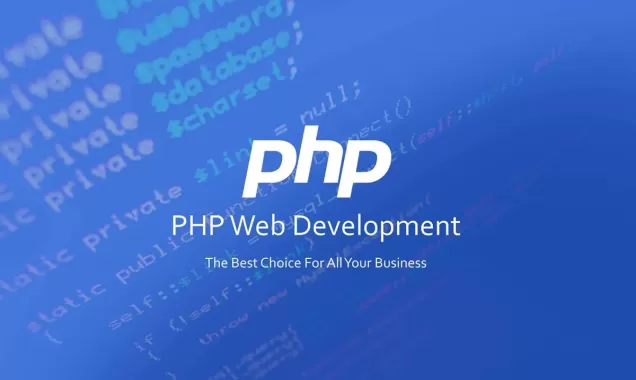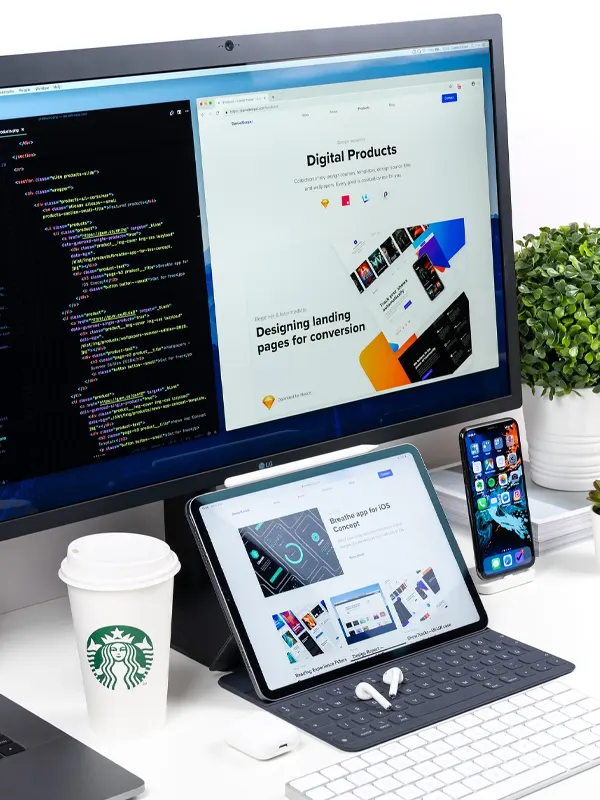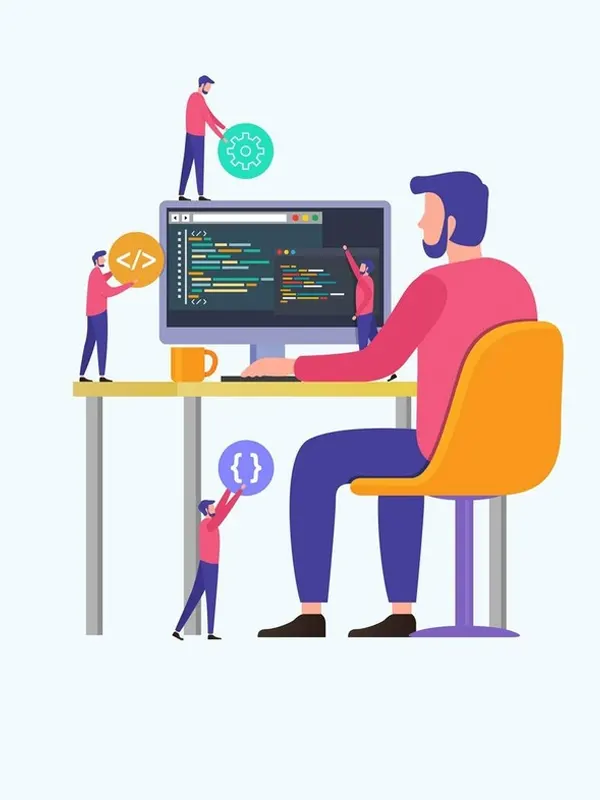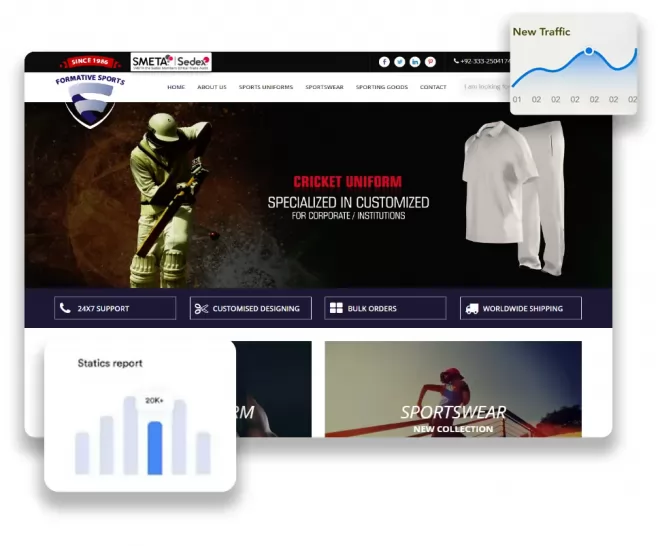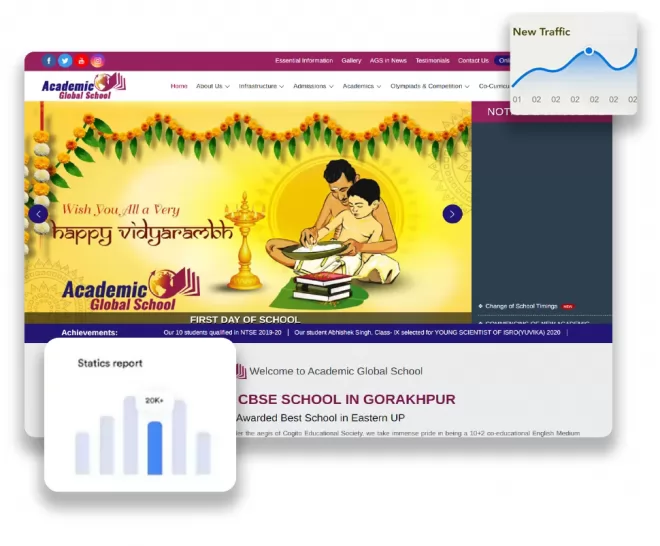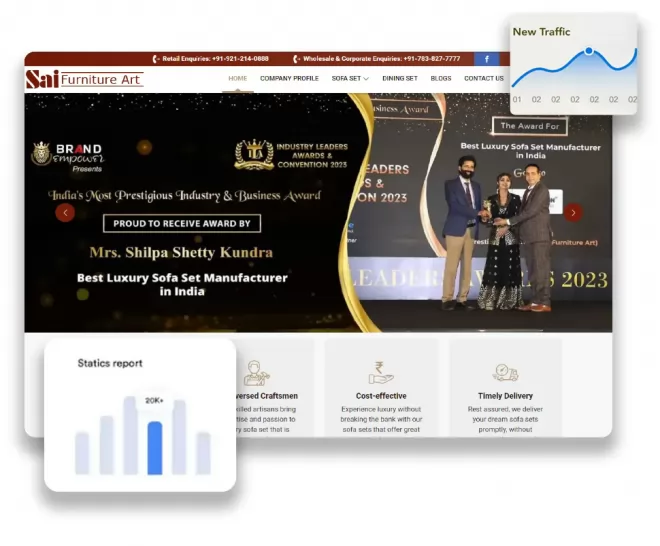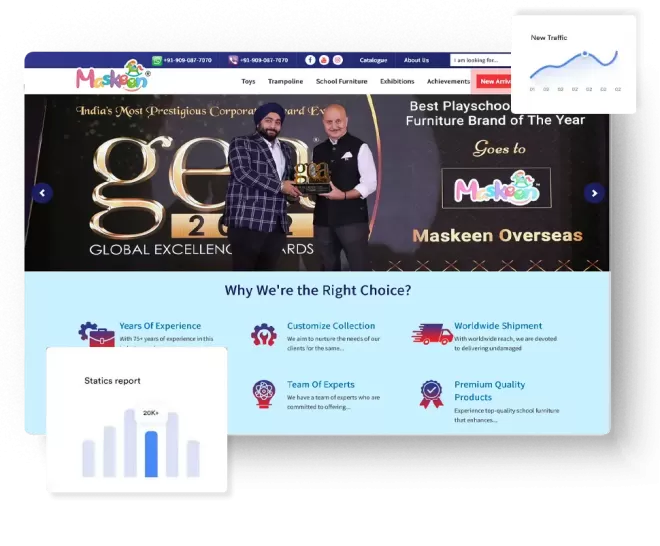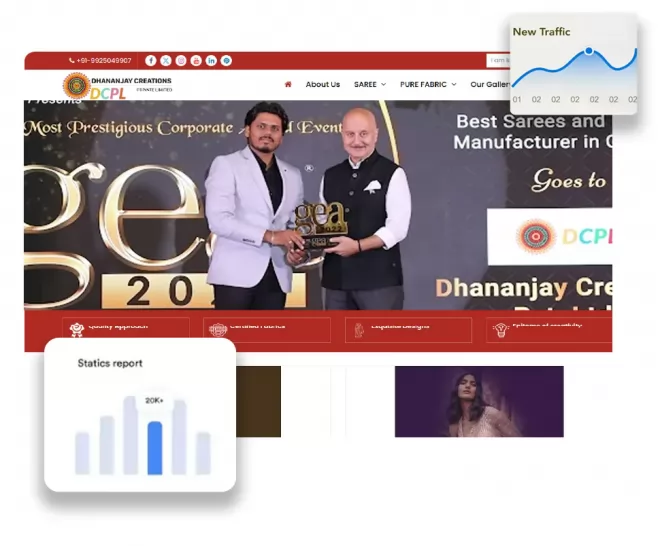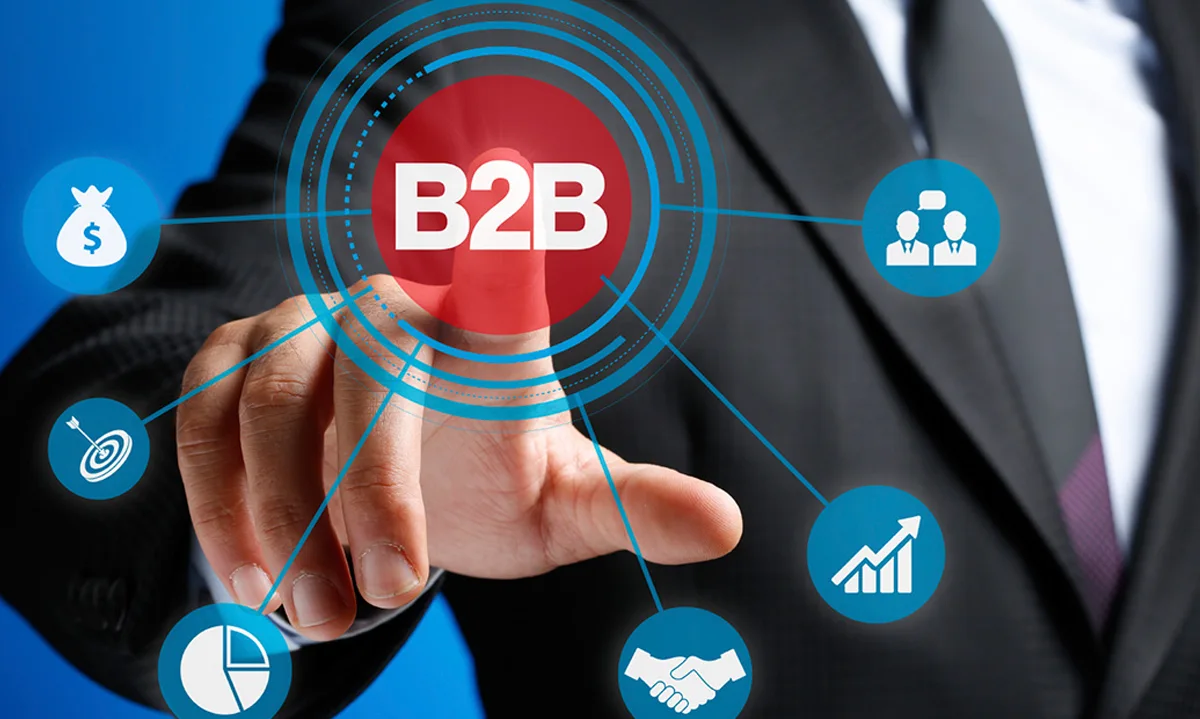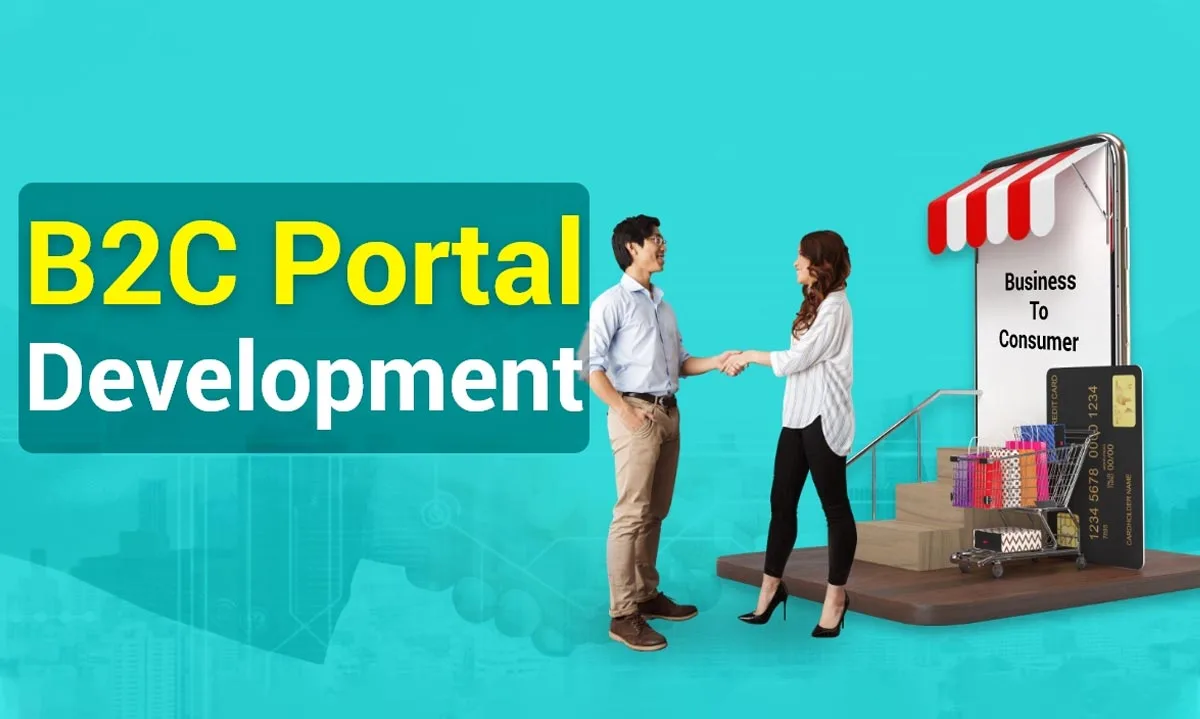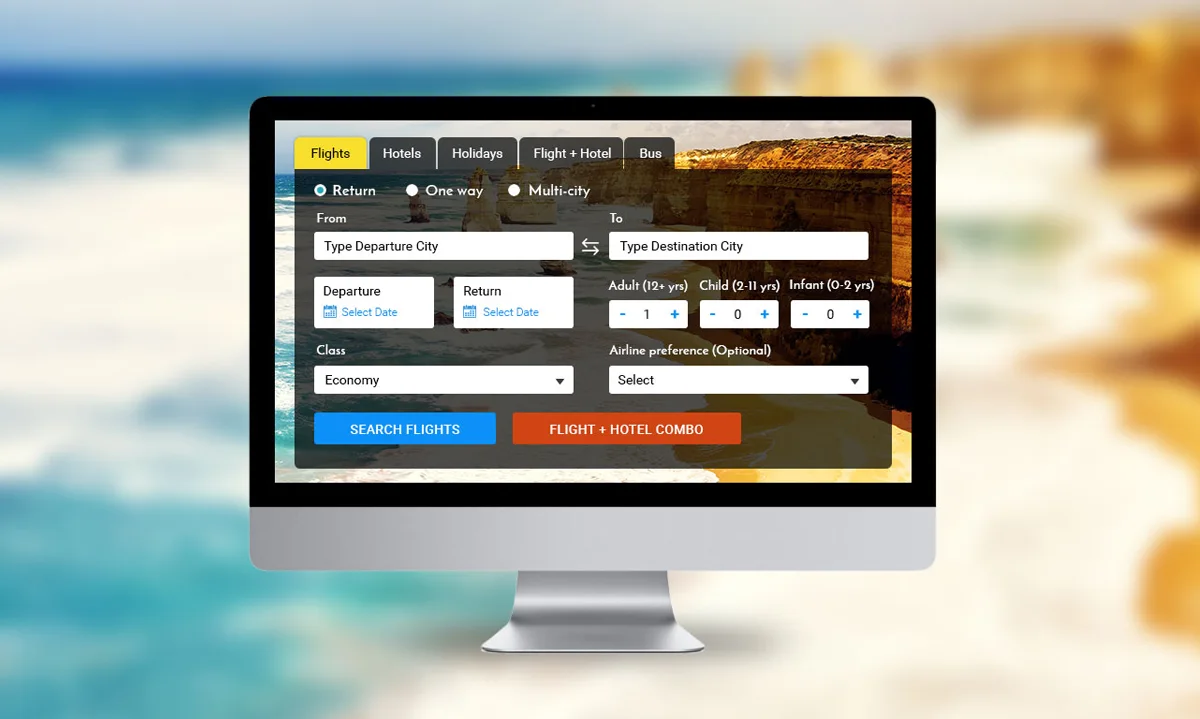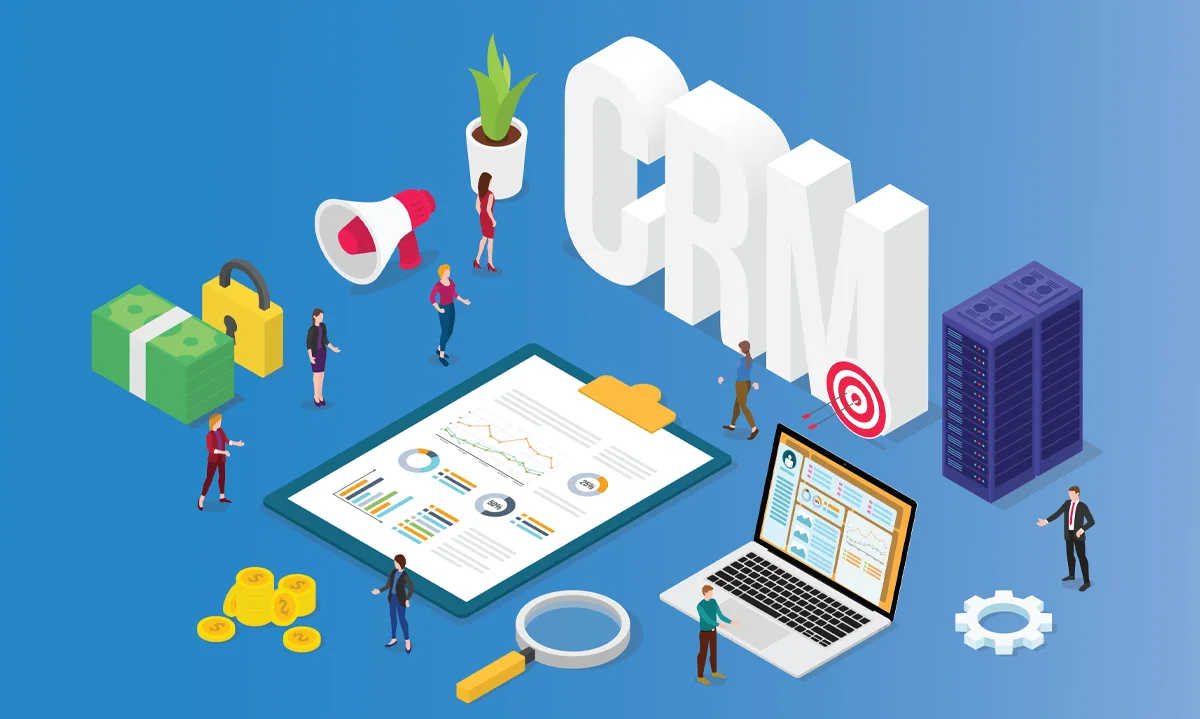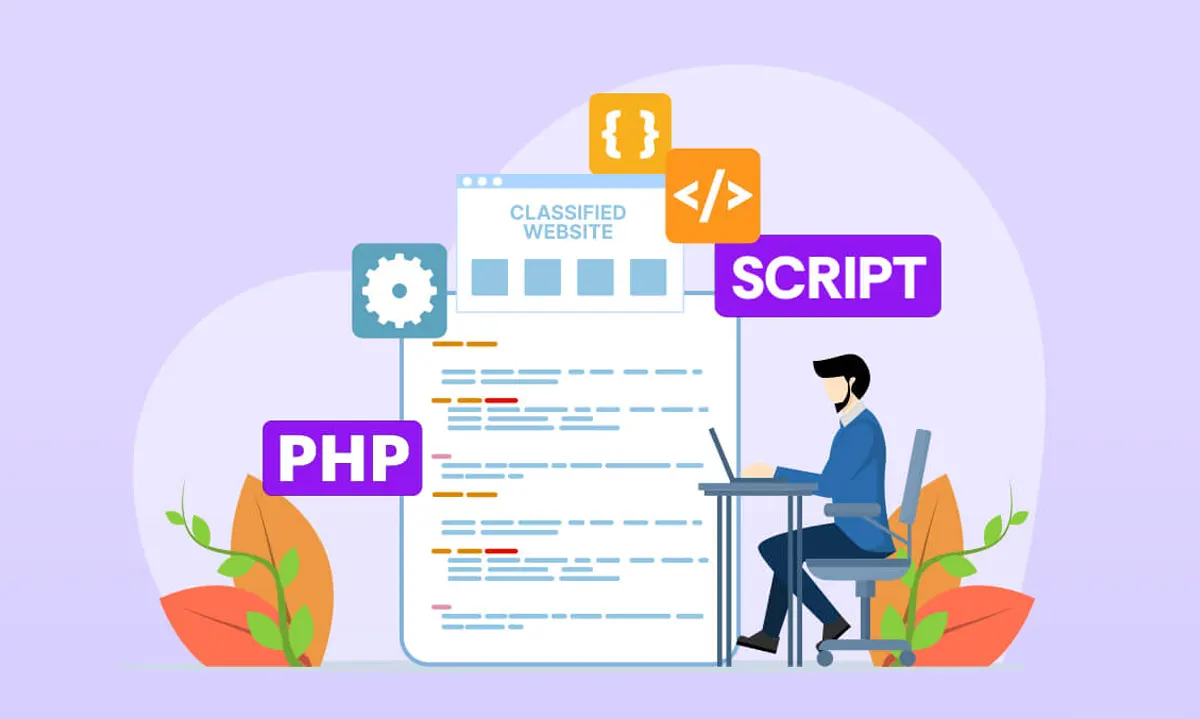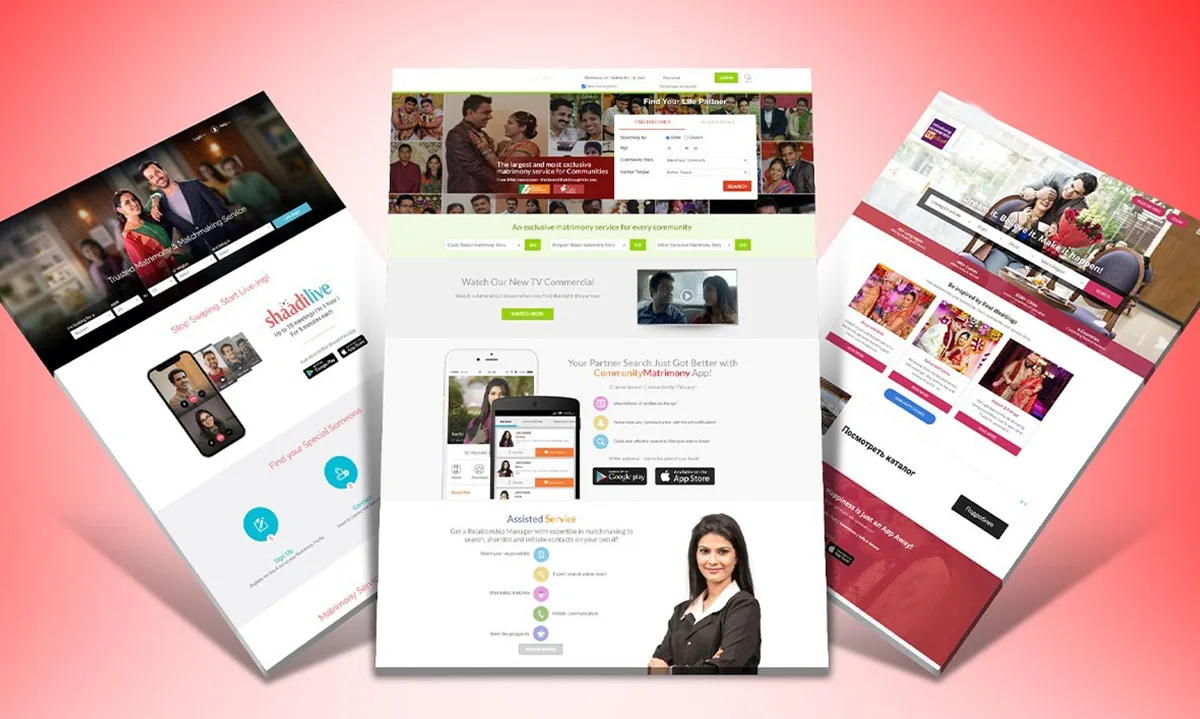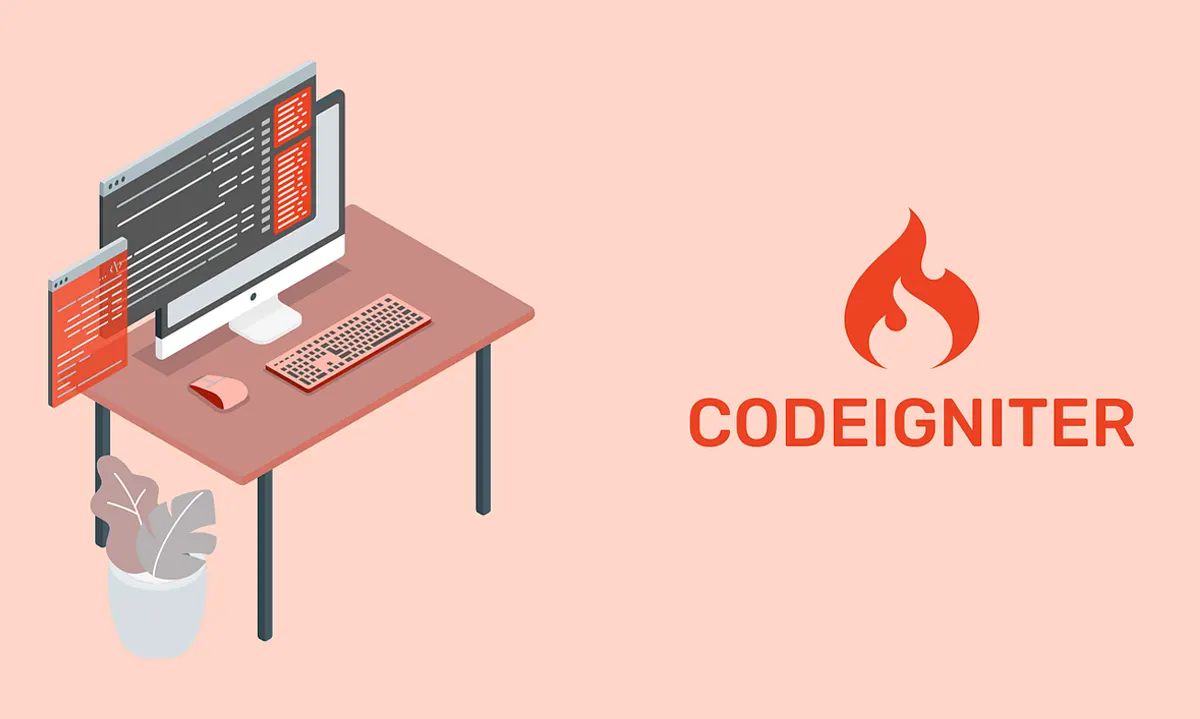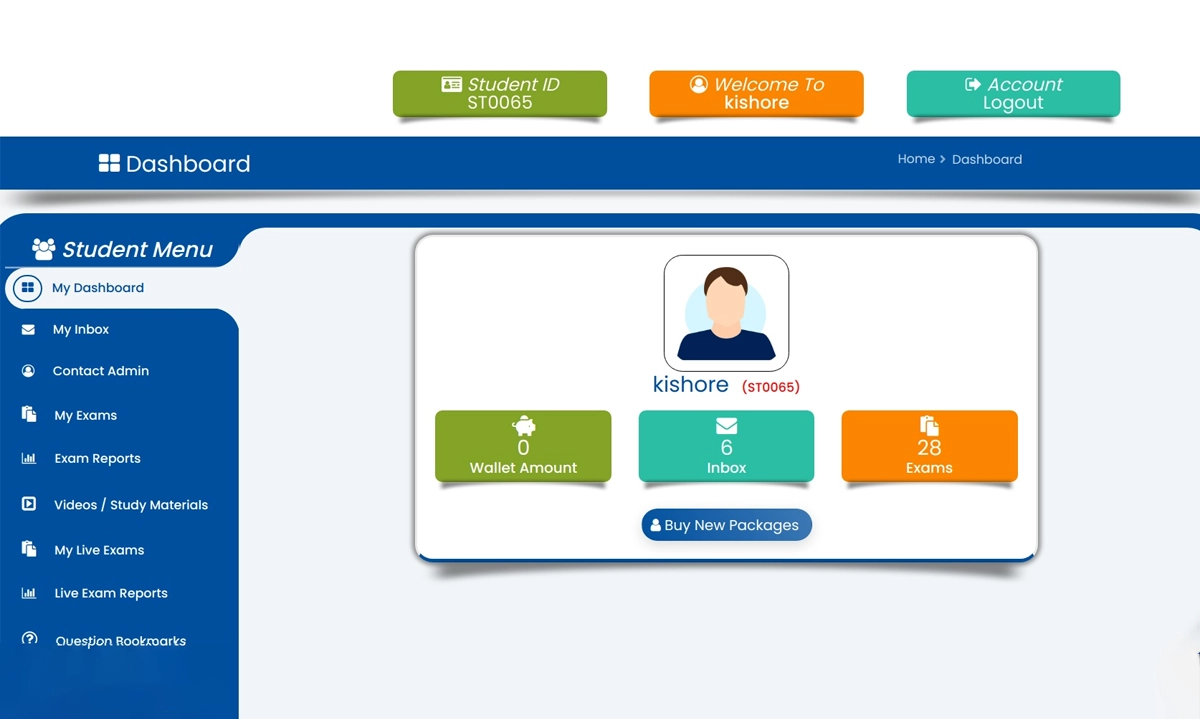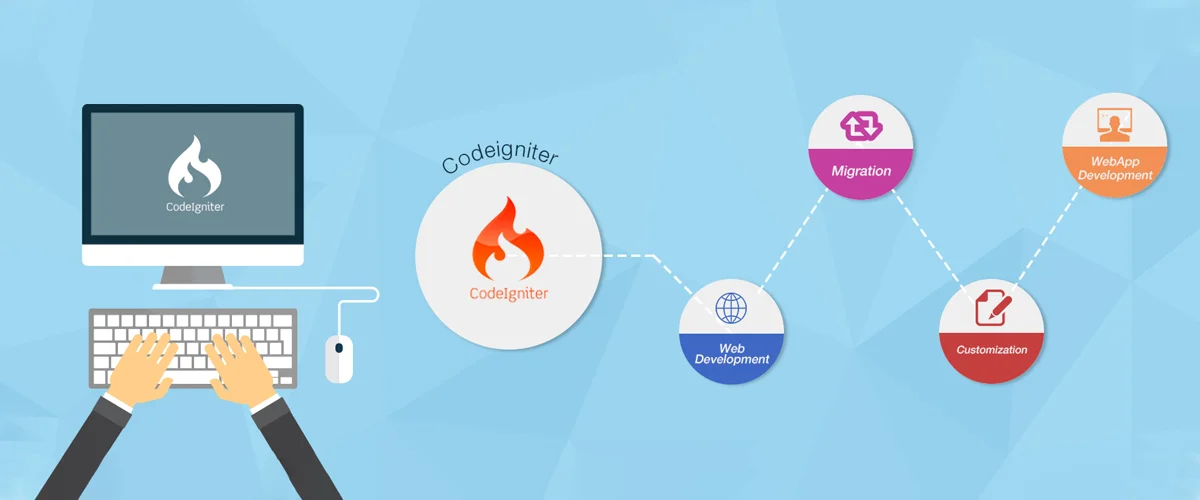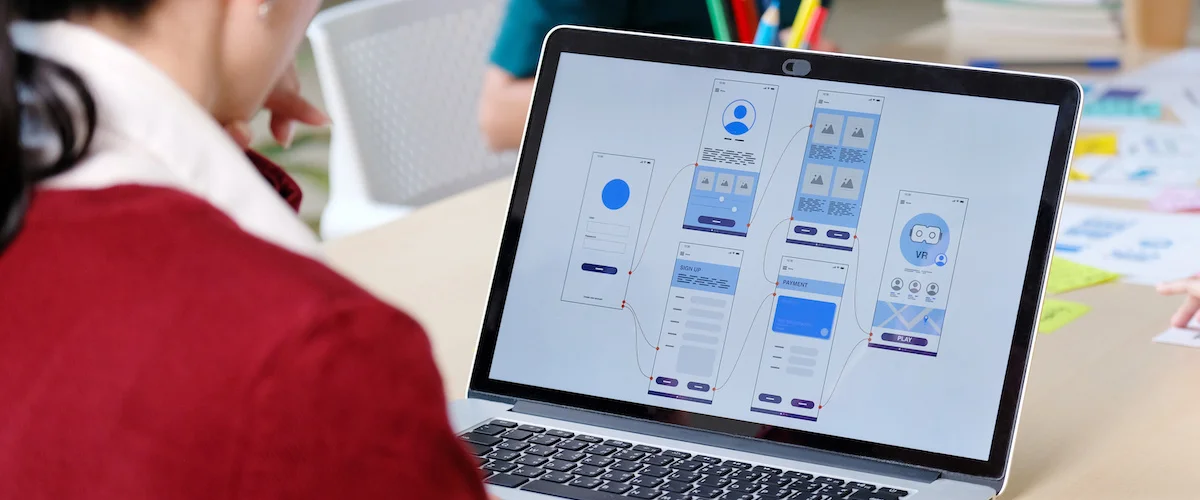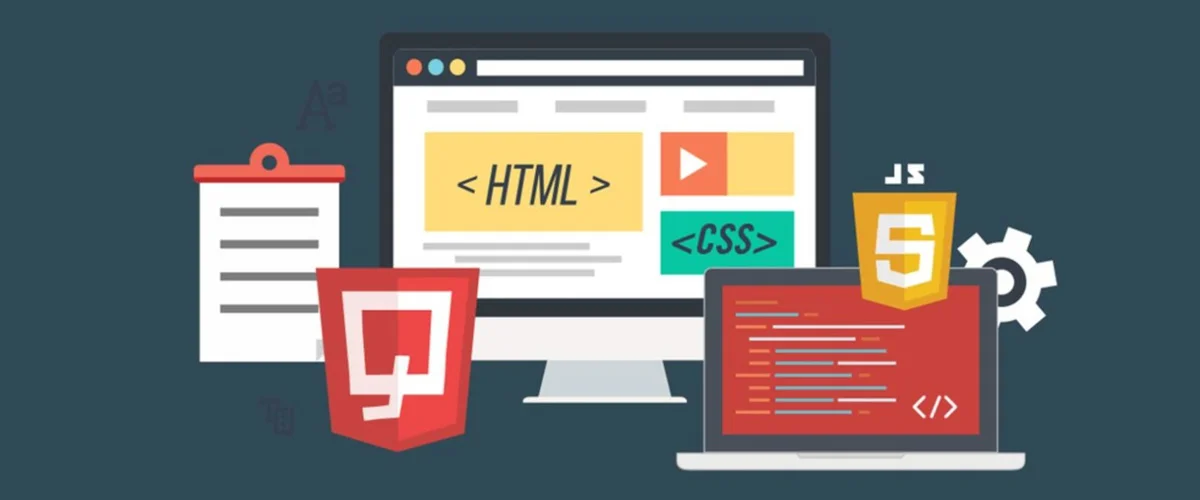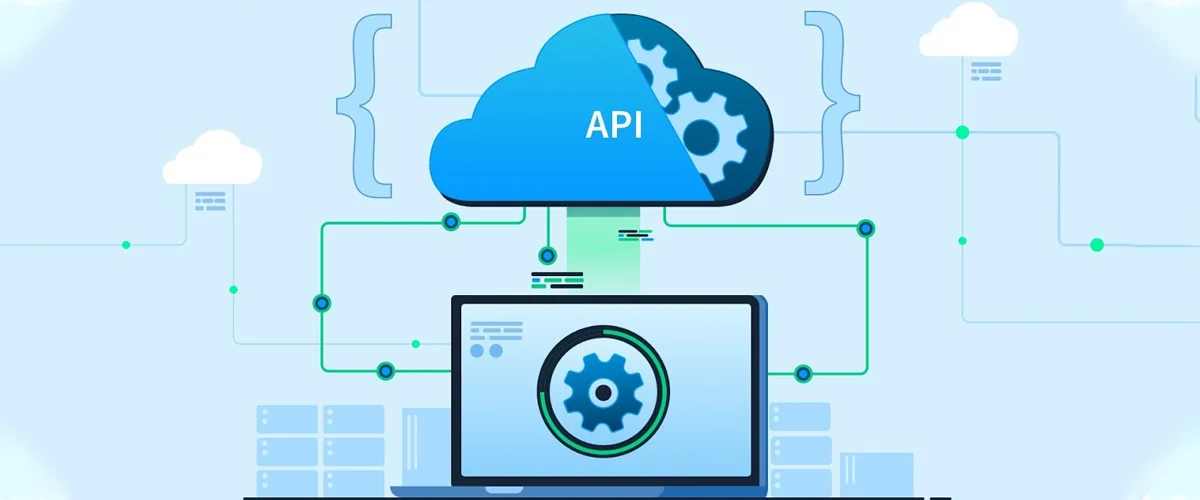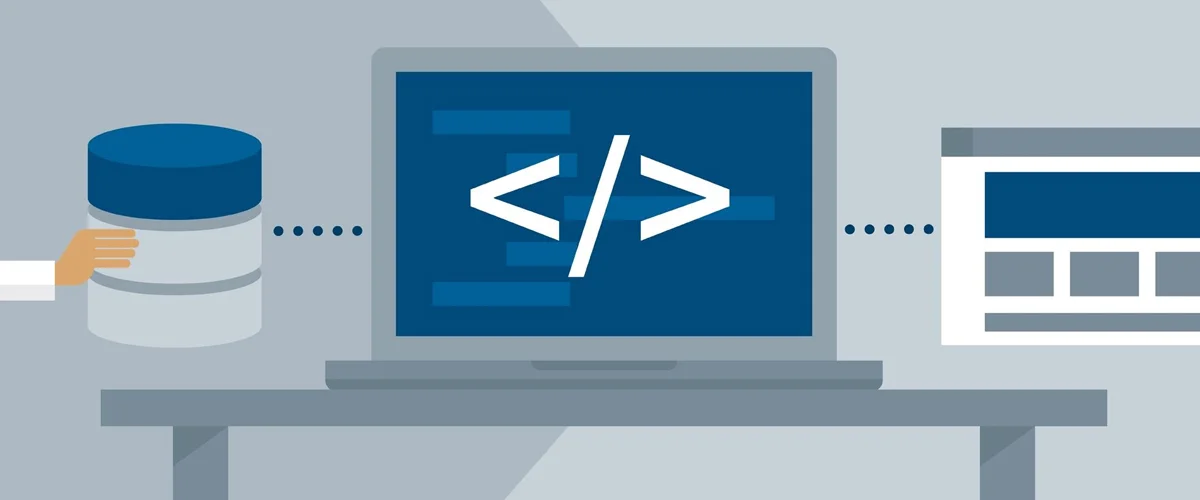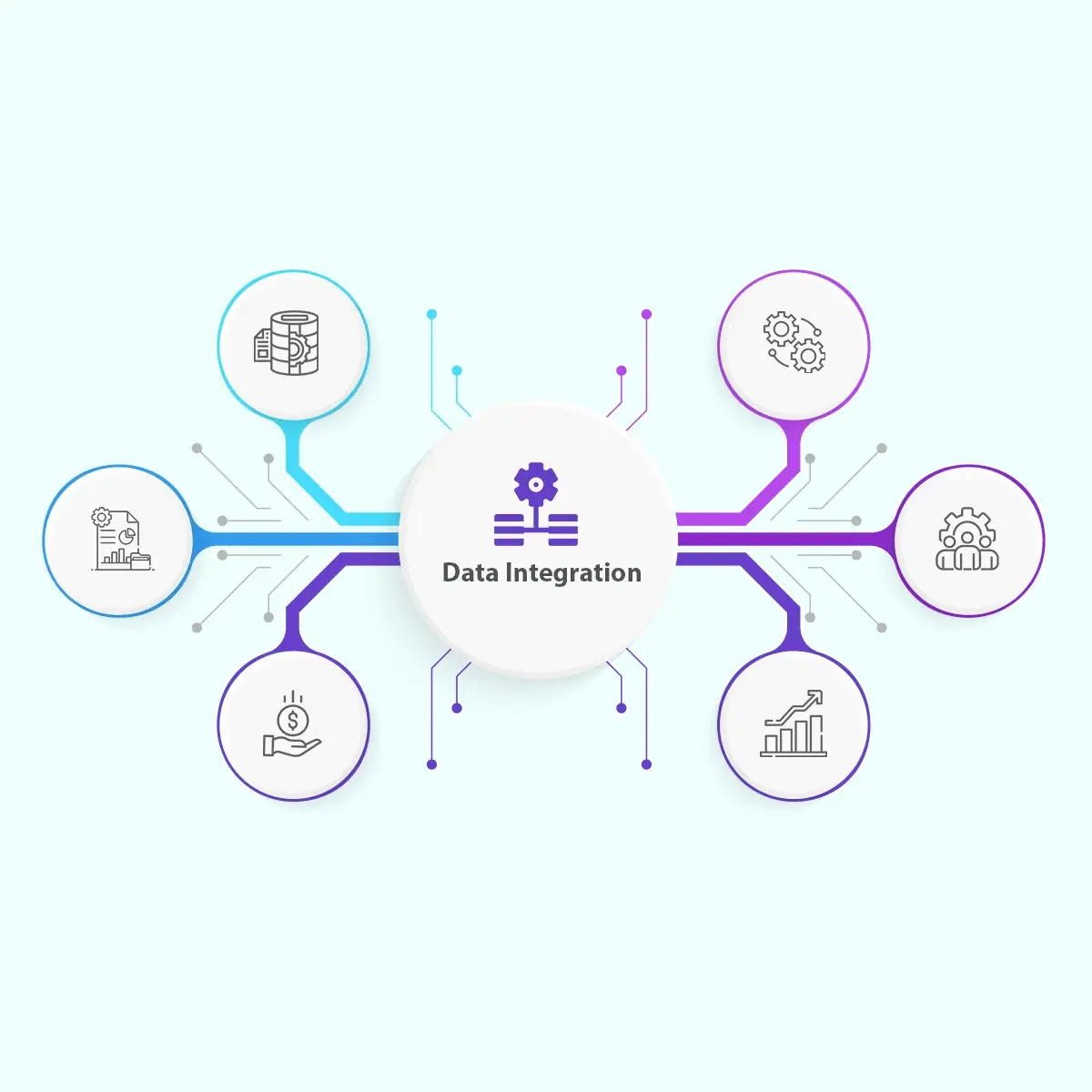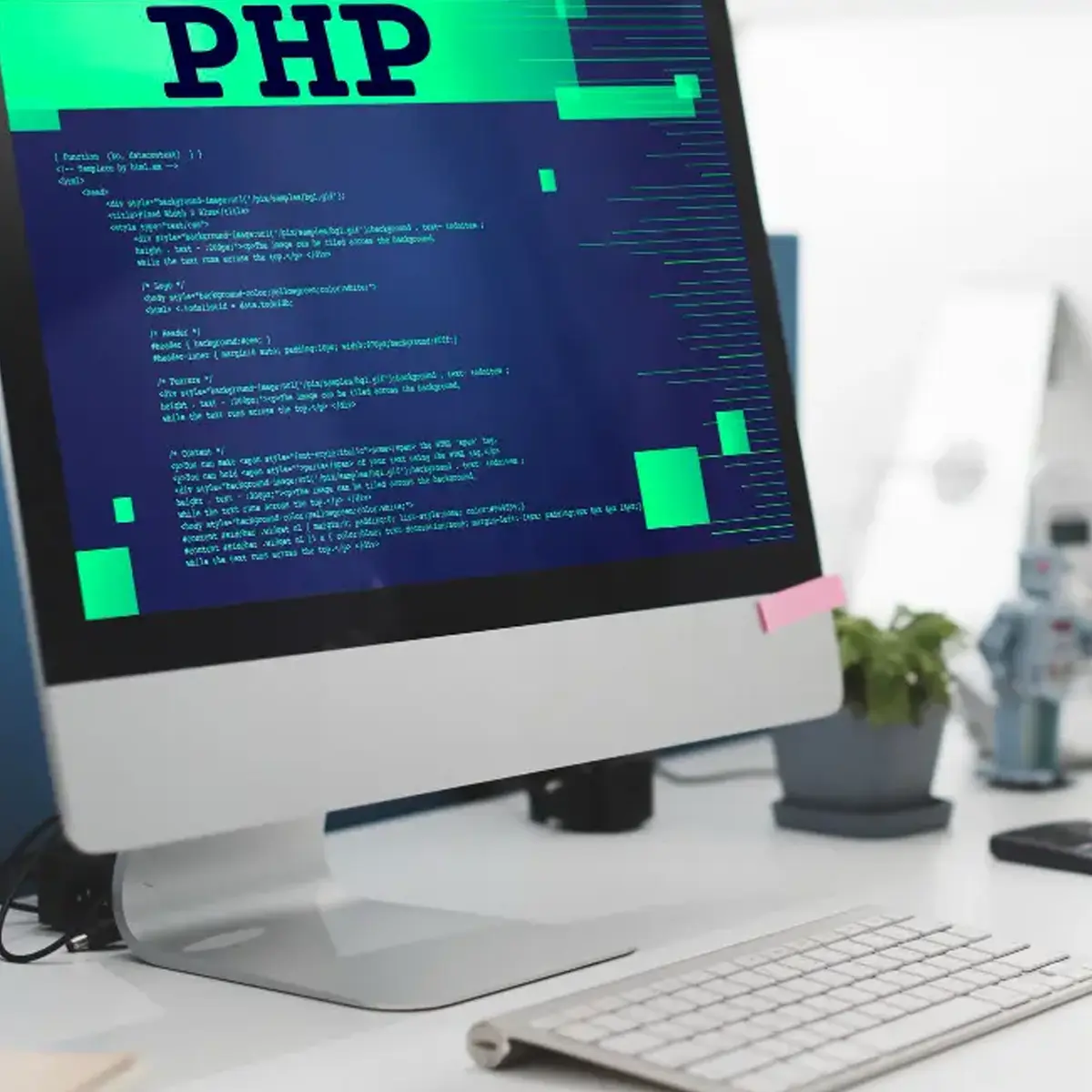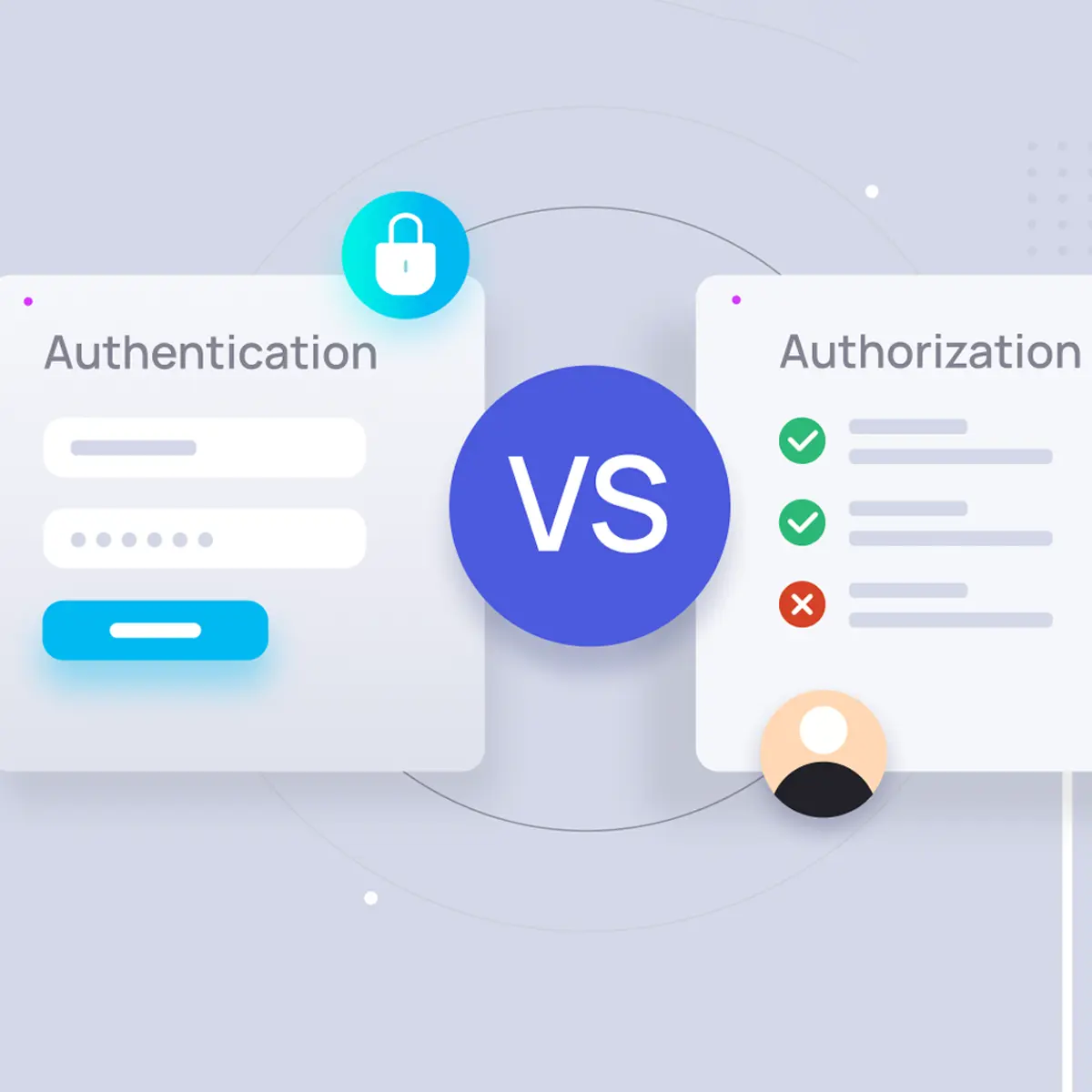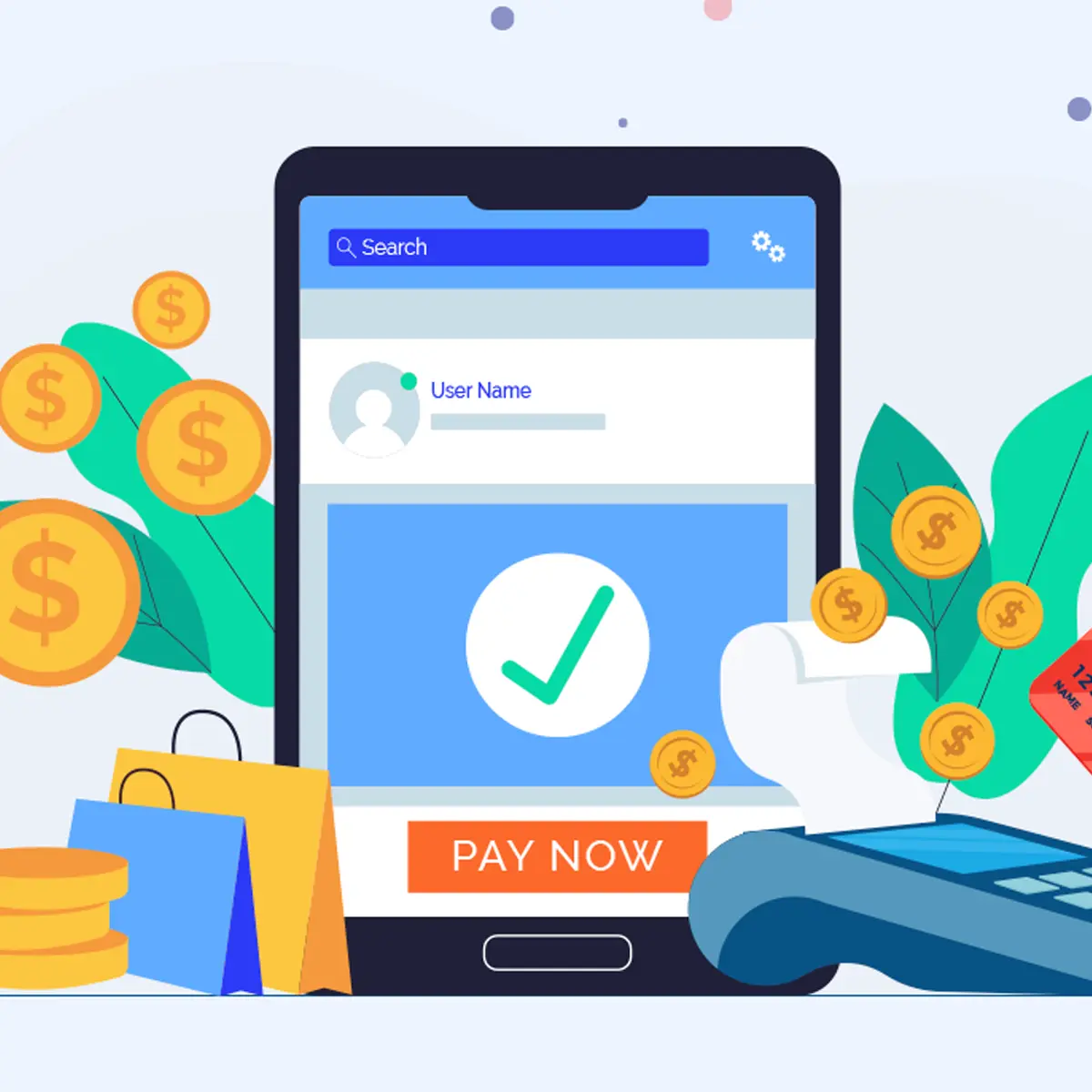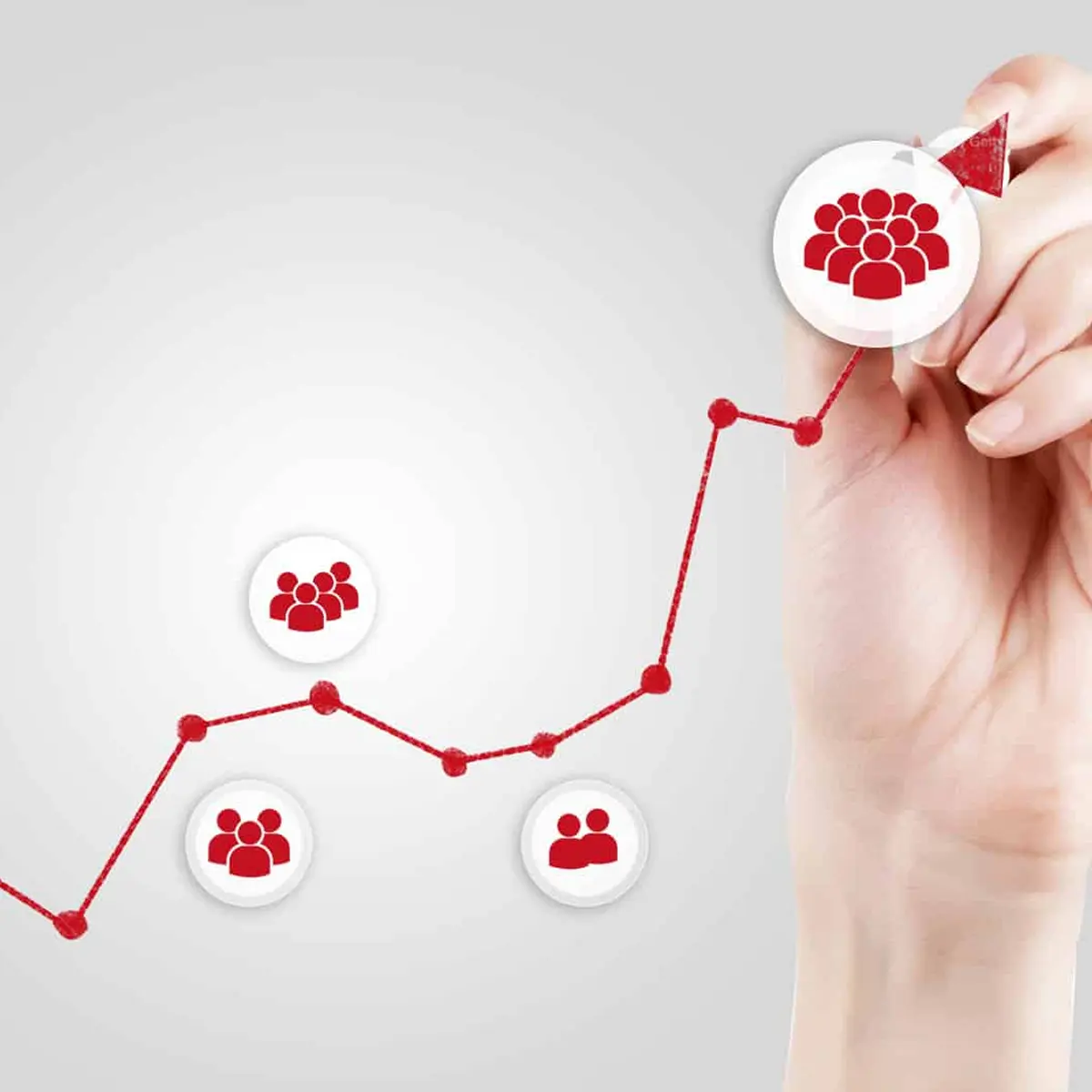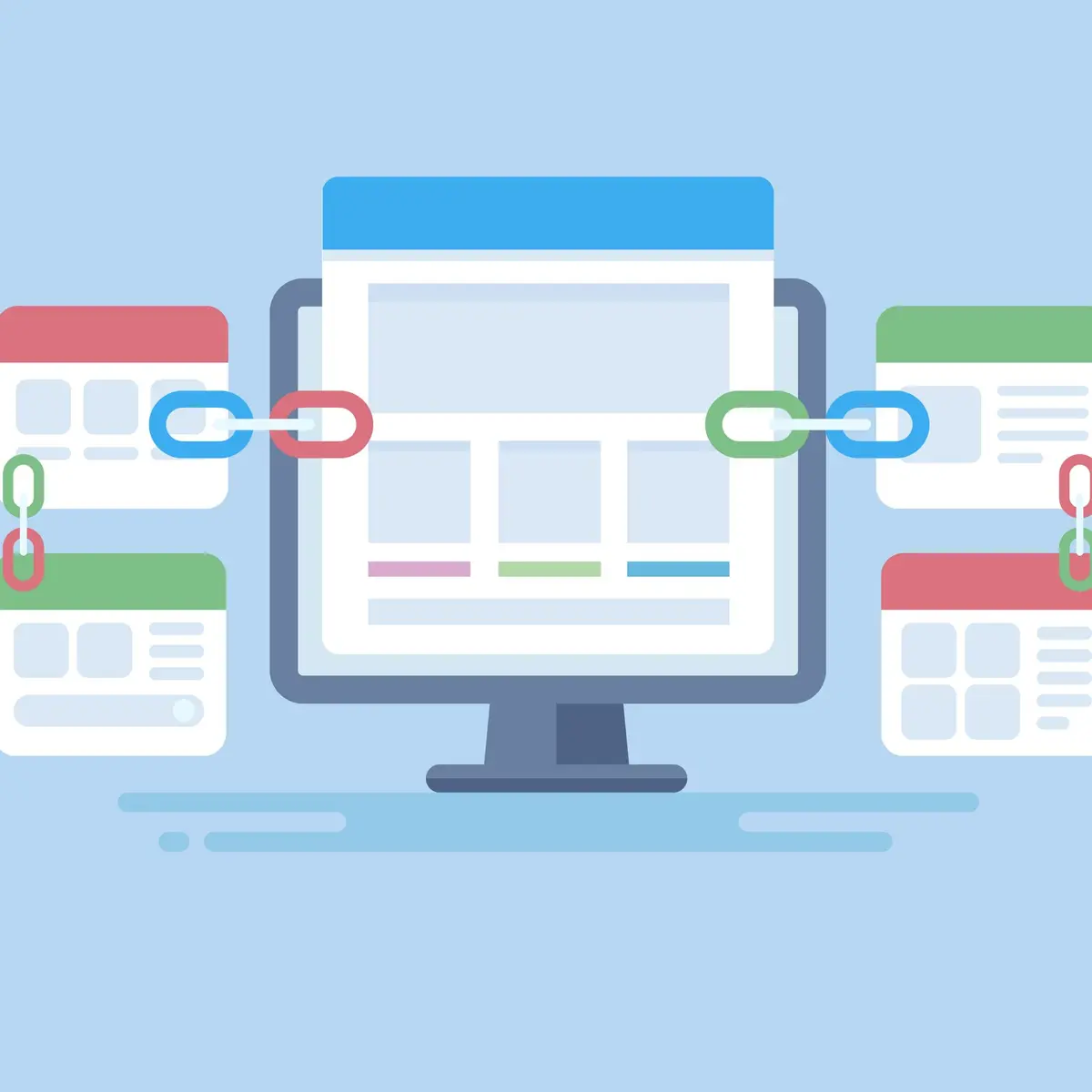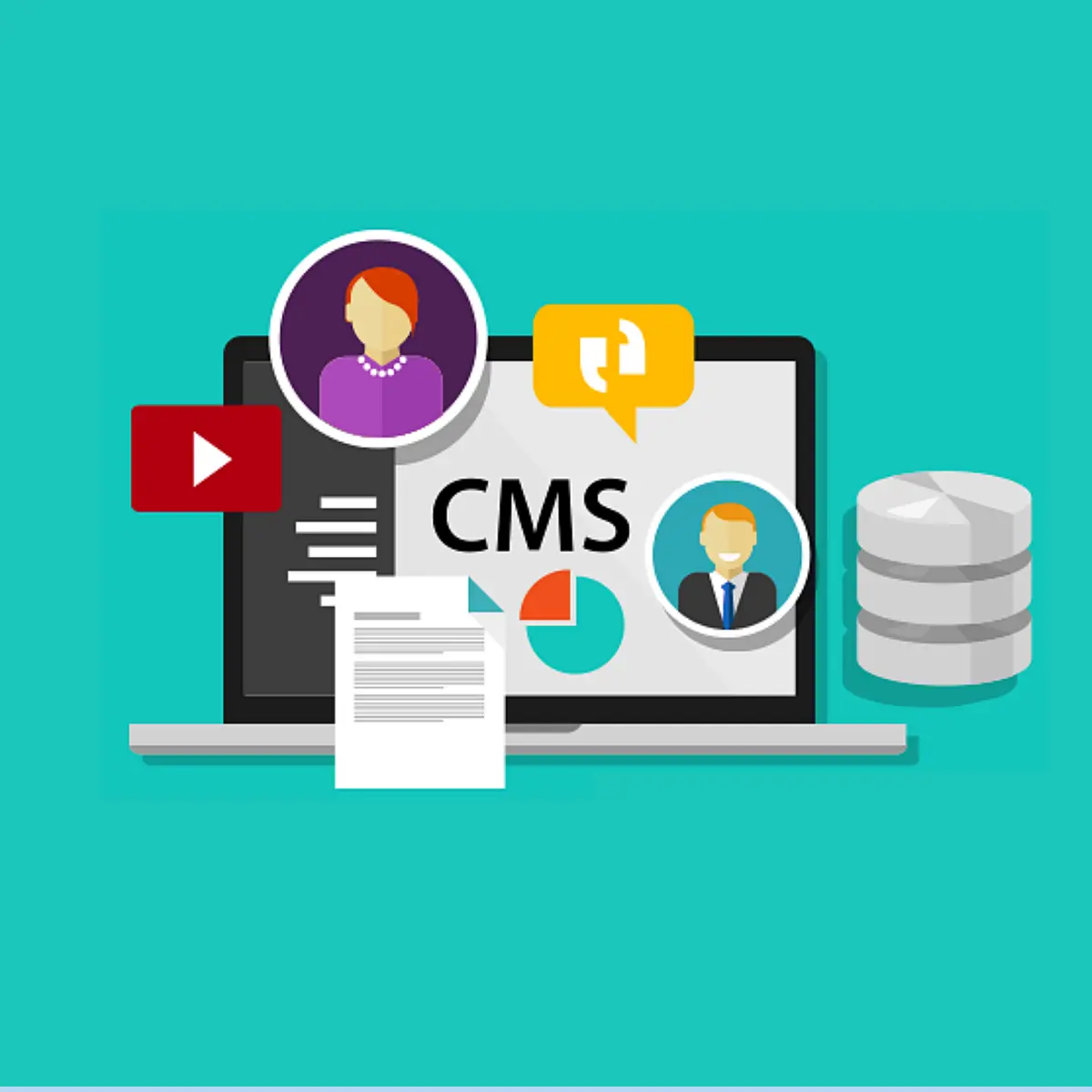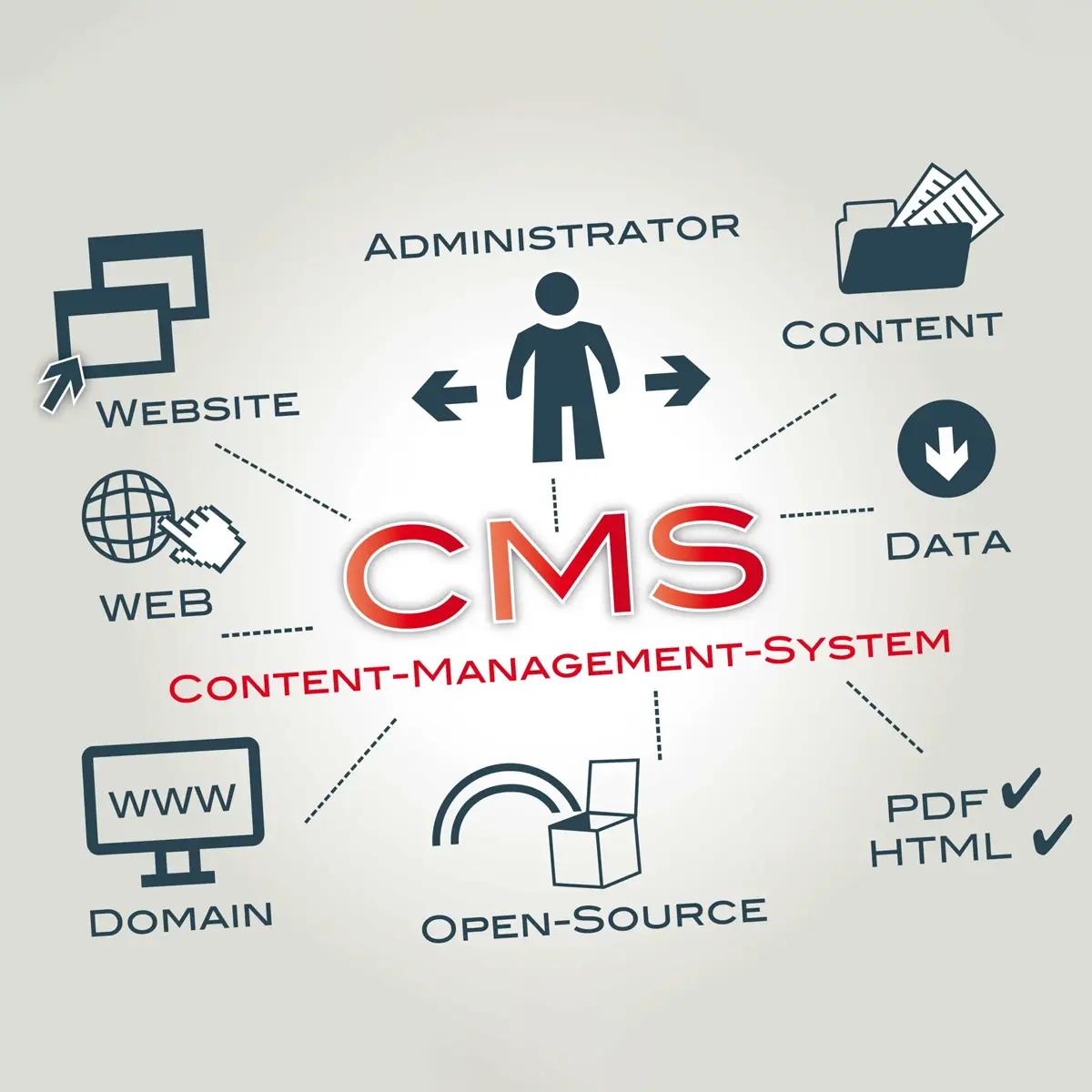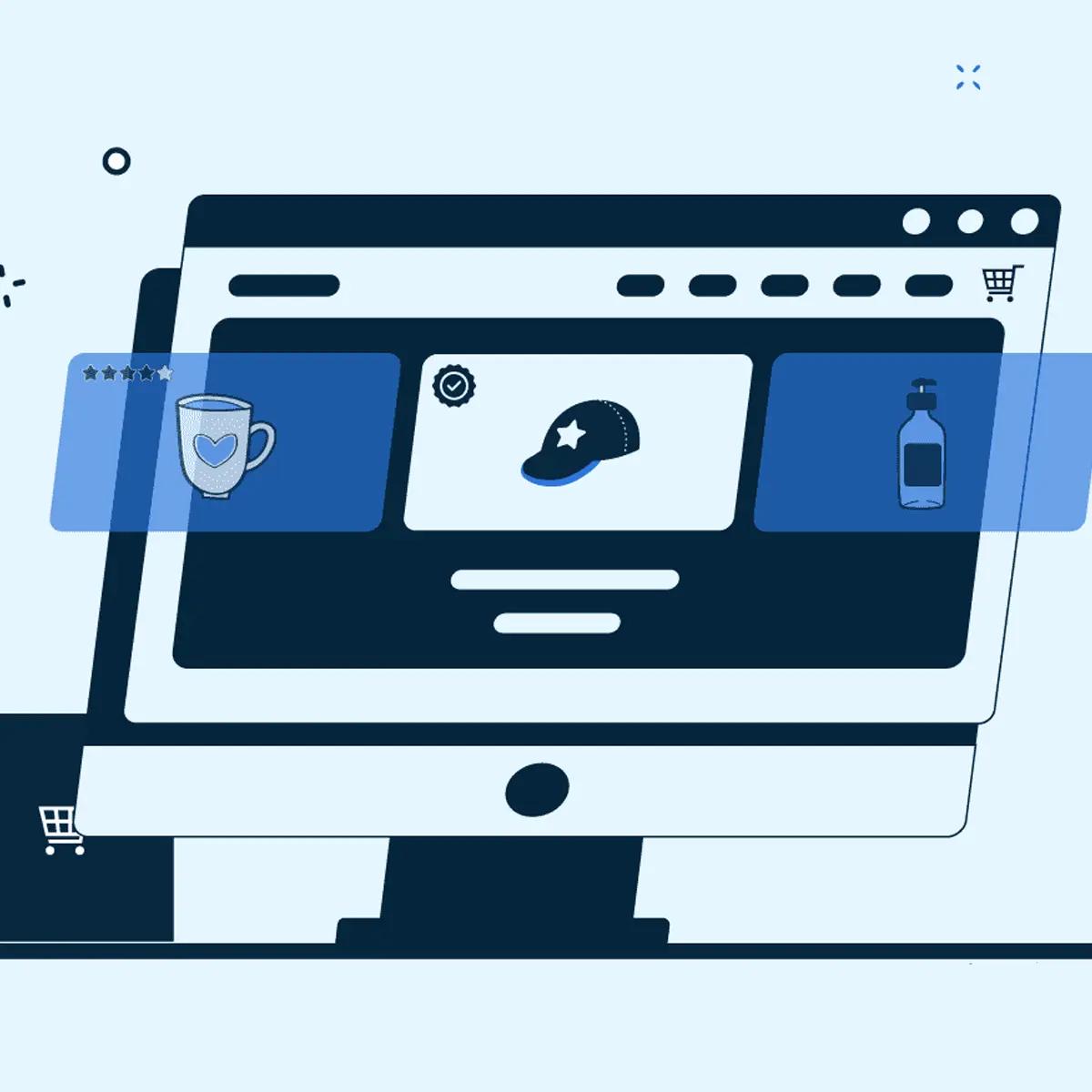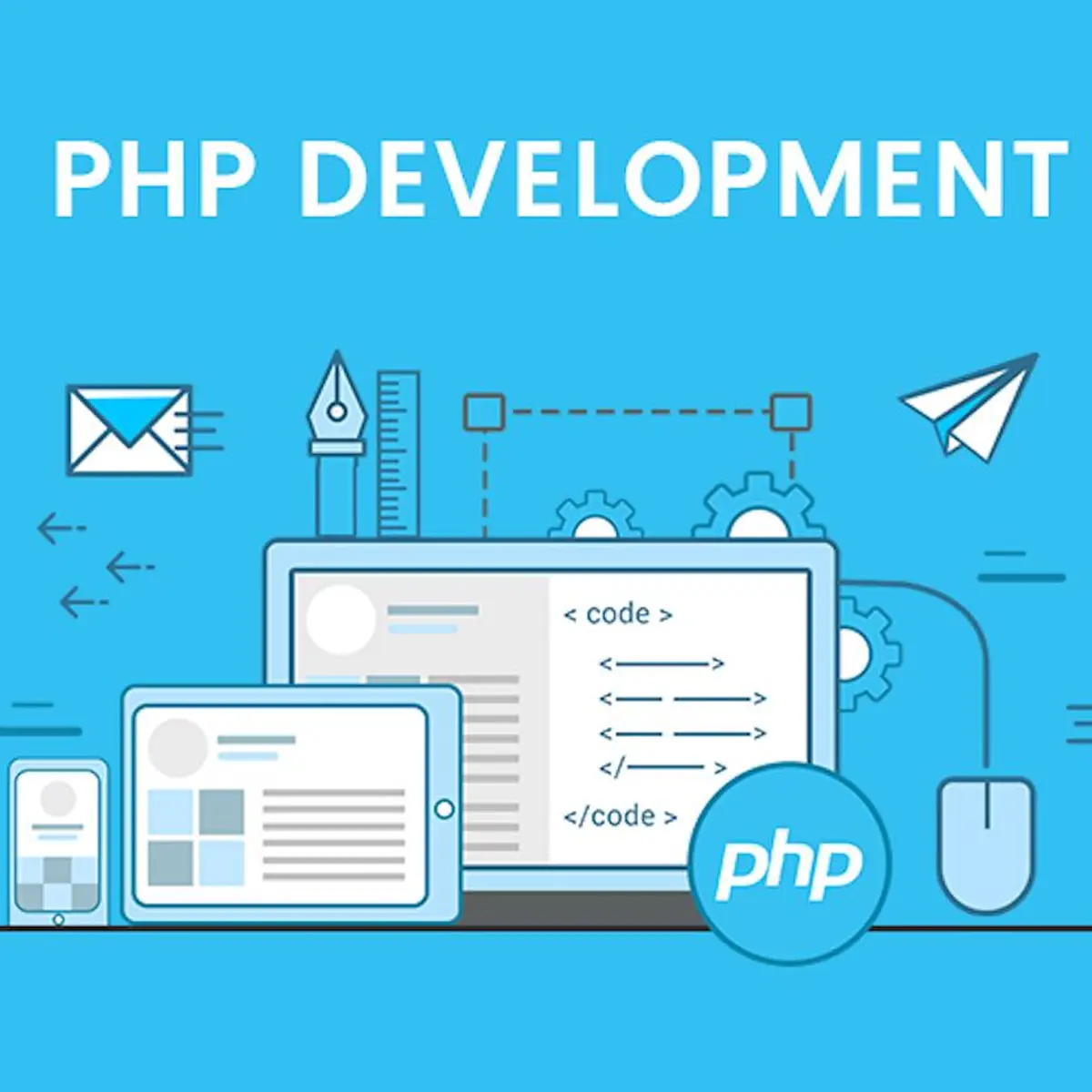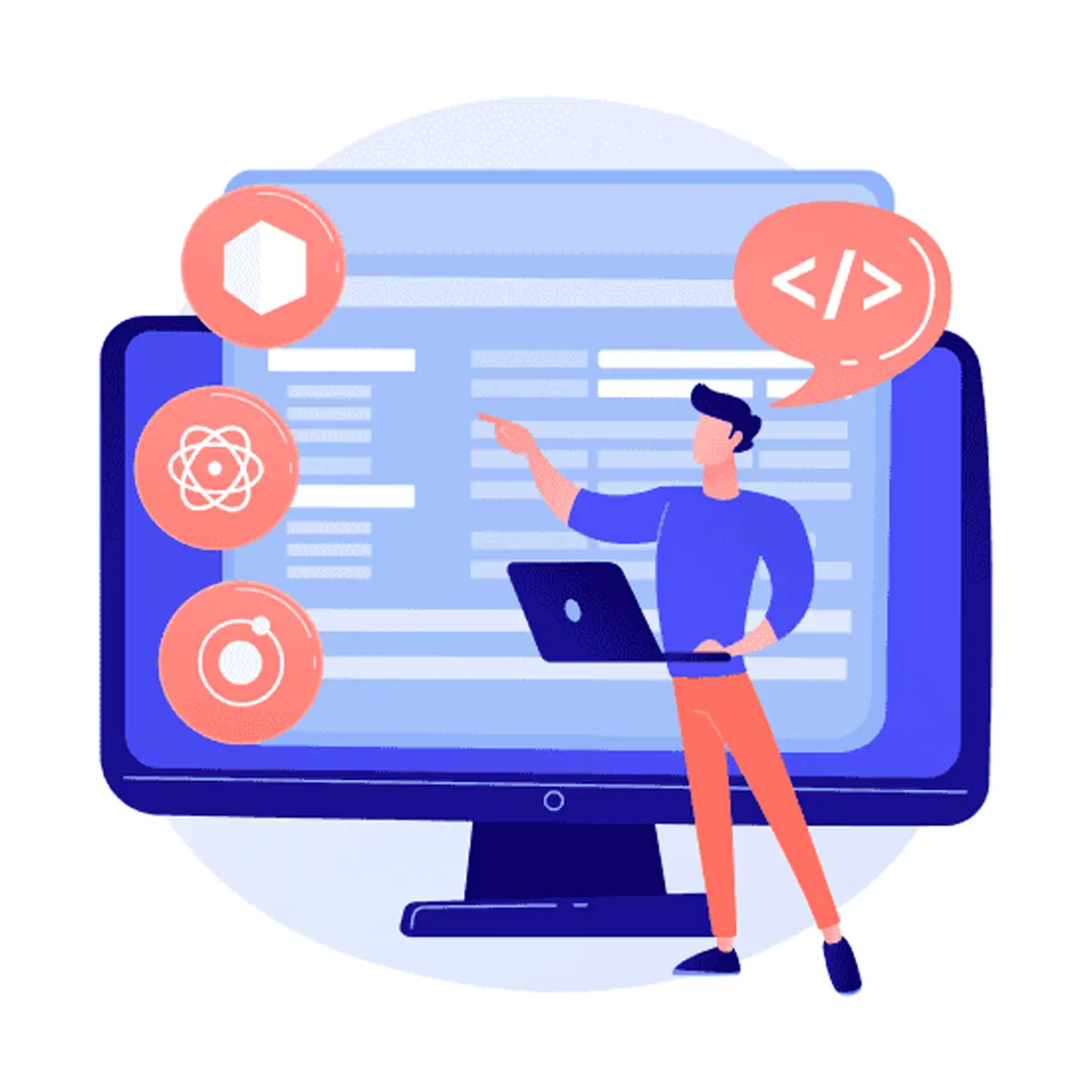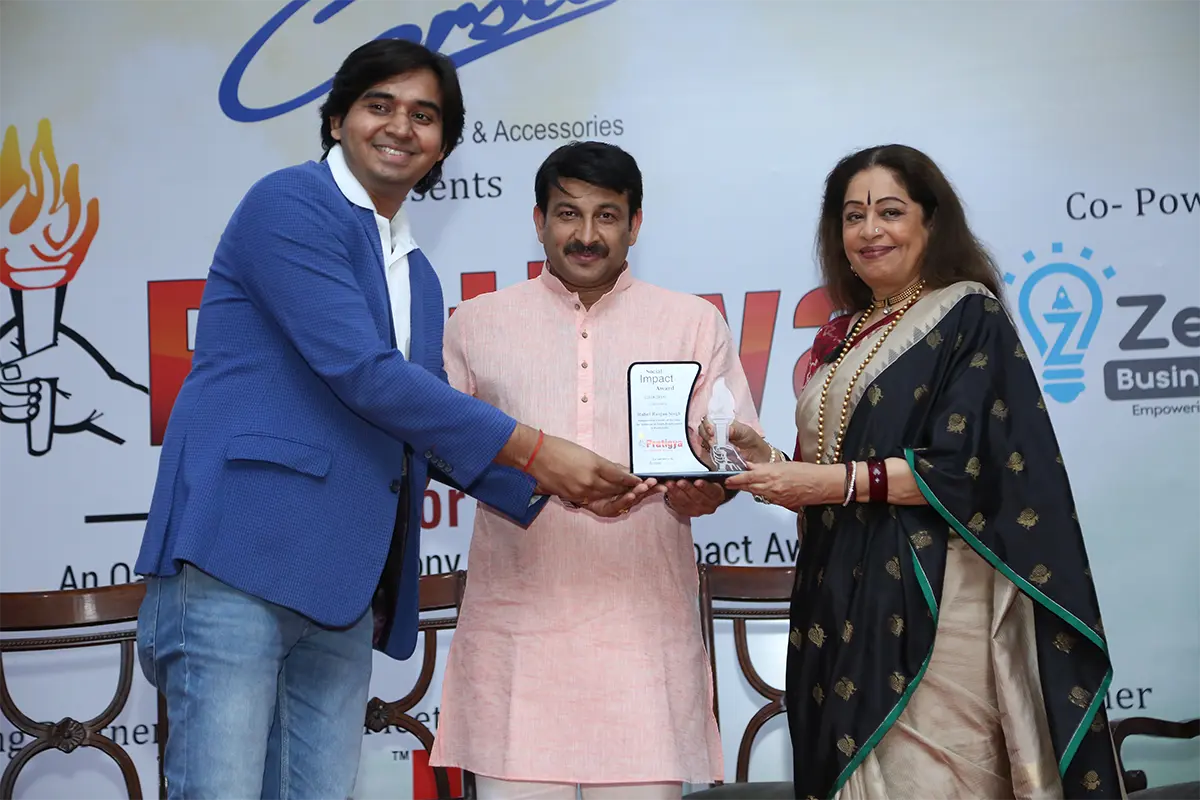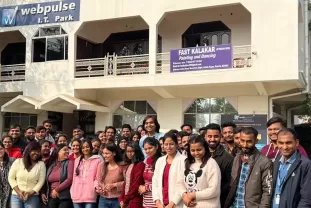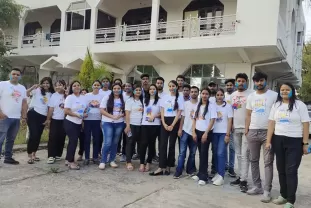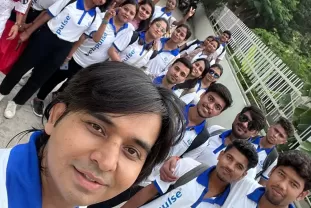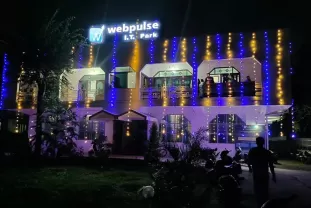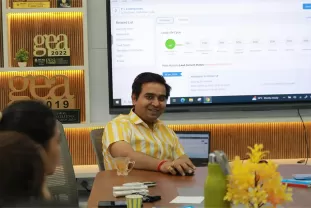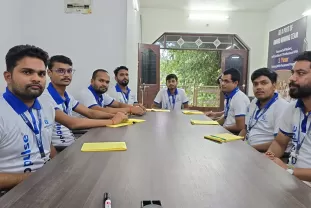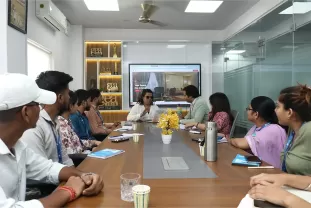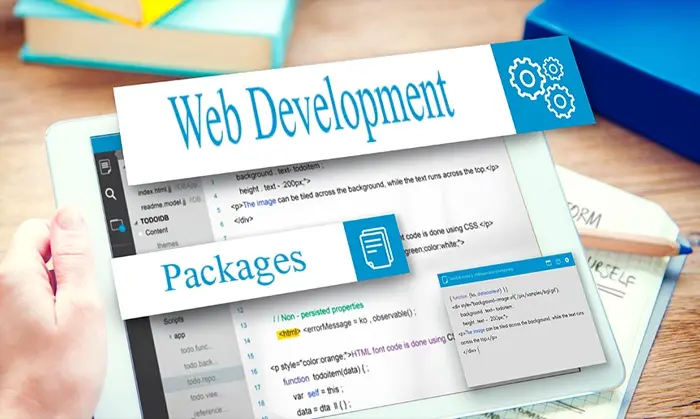Requirement Analysis
The first step in our PHP Web Development process is understanding the client’s business goals, functionality requirements, and target audience. We conduct in-depth discussions to identify key features, design preferences, and scalability needs. Whether it's an eCommerce platform, a content management system, or a custom web application, defining project objectives ensures clarity from the start. We also analyze competitors, industry trends, and technical requirements to propose the most effective PHP solution. By gathering this crucial information, we create a well-defined roadmap, setting the foundation for a streamlined development process. This phase helps minimize future revisions, ensuring the final product aligns perfectly with business needs and user expectations while staying within the project timeline and budget.
Choosing the Right Framework
Selecting the right PHP framework is essential for efficient and scalable development. Based on project requirements, we determine whether frameworks like Laravel, CodeIgniter, Symfony, or Yii are the best fit. Laravel, for instance, is ideal for robust applications with complex functionalities, while CodeIgniter is lightweight and perfect for simpler projects. The chosen framework should offer high performance, security, and flexibility while supporting third-party integrations. Our decision is based on factors such as project size, security demands, and database architecture. By leveraging the best PHP framework, we ensure that the development process is faster, more structured, and future-proof, allowing for easier maintenance and scalability as the business grows.
Database Architecture Design
A well-structured database is the backbone of any PHP-powered web application. We design a robust, optimized, and scalable database that supports efficient data management. Depending on project requirements, we choose between MySQL, PostgreSQL, or MongoDB to ensure seamless data storage and retrieval. Our team ensures that the database structure is normalized to prevent redundancy, improving performance and security. We also implement indexing, caching, and optimized queries to enhance speed. By designing a structured and scalable database, we lay the groundwork for a web application that can handle growing user demands, process transactions smoothly, and maintain data integrity with high availability and reliability.
UI/UX Design & Prototyping
A visually appealing and user-friendly interface is essential for any PHP-based web solution. Our designers create wireframes and prototypes that map out the site’s structure, navigation flow, and interactive elements. The goal is to enhance usability and ensure a smooth user experience. We focus on creating intuitive layouts, responsive design, and clear call-to-actions (CTAs) that improve engagement and conversions. We also incorporate brand elements like color schemes, typography, and imagery to ensure consistency with the business identity. By conducting user testing at this stage, we refine the design to meet audience expectations before proceeding to the development phase, ensuring the final product delivers a seamless experience across all devices.
Backend Development
With the UI/UX design finalized, we begin backend development using PHP to build the core functionalities of the web application. This involves coding logic, setting up server-side operations, and ensuring smooth database interactions. We use structured programming, MVC architecture, and API integrations to make the platform scalable and maintainable. Security measures such as input validation, SQL injection prevention, and secure authentication mechanisms are implemented to safeguard data. Our development approach focuses on creating a clean, efficient, and modular codebase that allows easy modifications and future expansions. By leveraging PHP’s flexibility and capabilities, we ensure the application delivers high performance, security, and seamless functionality.
Frontend Development
A well-designed frontend ensures users have an engaging and intuitive experience. Using PHP along with HTML, CSS, JavaScript, and frontend frameworks like React or Vue.js, we bring the design to life. We ensure responsive layouts, smooth animations, and fast-loading pages to enhance usability across all devices. Our team also optimizes the frontend for search engines (SEO) by implementing best practices such as clean URLs, meta tags, and structured data. We integrate user-friendly navigation, dynamic elements, and interactive features that improve engagement. By combining powerful PHP backend capabilities with an appealing frontend, we create a seamless experience that captivates users while ensuring functionality and performance.
API Integration
To enhance functionality, we integrate third-party APIs that enable additional features such as payment gateways, social media logins, geolocation services, and cloud storage. Whether it’s any APIs, we ensure smooth communication between the PHP backend and external services. API integrations help automate processes, improve user experience, and enhance the overall capabilities of the application. We also develop custom APIs when needed to facilitate interactions between different systems within the project. By ensuring secure and seamless API integrations, we enhance scalability, allowing businesses to expand functionalities without compromising performance or security.
Testing & Quality Assurance
Before deployment, our PHP web applications undergo rigorous testing to ensure flawless functionality. We conduct unit testing, integration testing, security testing, and performance testing to identify and resolve bugs or vulnerabilities. Cross-browser testing ensures compatibility with all major browsers, while mobile testing ensures responsiveness across different devices. We use automated testing tools along with manual testing to validate code efficiency, database interactions, and user flows. Security measures such as penetration testing and vulnerability assessments are performed to safeguard sensitive data. By implementing thorough quality assurance processes, we deliver a robust and error-free PHP web solution that meets high industry standards.
Deployment & Launch
Once testing is complete, we deploy the PHP web application to a live environment. We configure the server settings, optimize databases, and implement security protocols before making the site public. Our deployment strategy includes load balancing, caching mechanisms, and CDN integration to ensure optimal performance and fast loading speeds. We also provide training sessions for clients to manage the backend efficiently. During the initial post-launch period, we closely monitor the application to identify any real-time issues. The final launch is a carefully planned process to ensure a seamless transition from development to a fully operational and accessible online platform.
Ongoing Maintenance & Support
Web development doesn’t stop at deployment; continuous maintenance is key to long-term success. We offer ongoing support services, including software updates, security patches, and performance optimizations. Our team monitors website analytics, user feedback, and technical issues to provide timely updates and improvements. If new features or integrations are required, we scale the system accordingly. We also conduct security audits to prevent cyber threats and ensure data protection. Regular maintenance keeps the PHP web application running smoothly, enhances its longevity, and ensures that it adapts to evolving market demands. With our dedicated support, businesses can focus on growth without worrying about technical setbacks.



